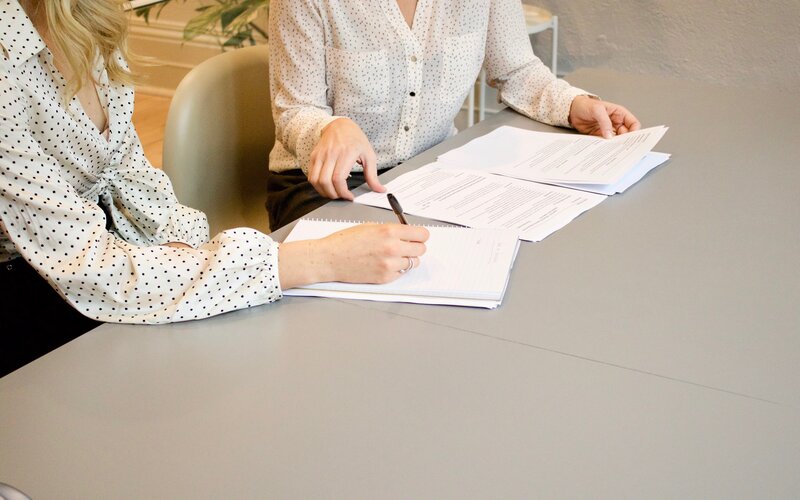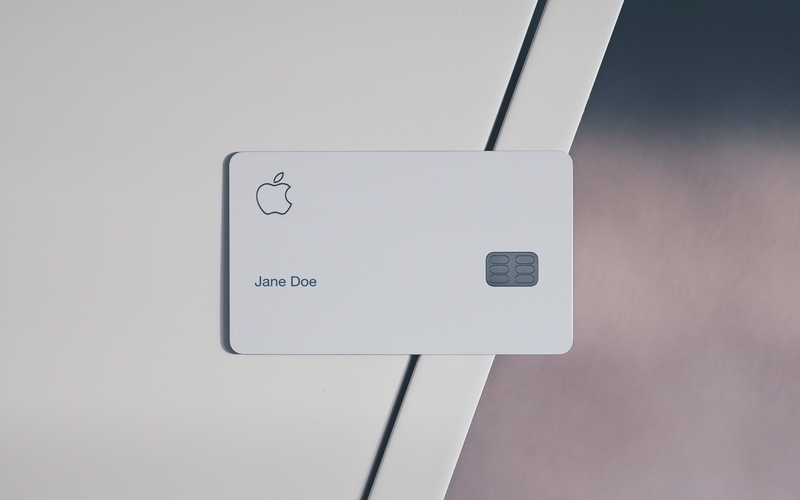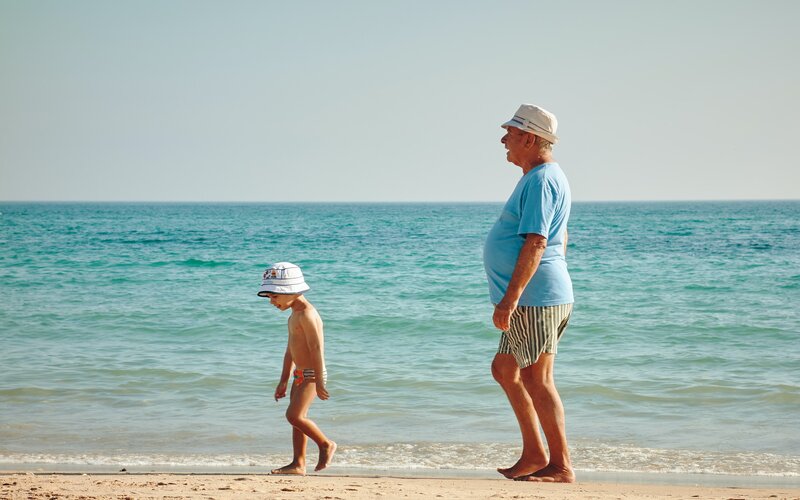According to the ABS, this is because household spending outpaced growth in household income.
Household gross disposal income increased 0.6% in the March quarter; growth in labour (employment) and non-labour income were partly offset by the rise in income payable.
"The 11.4% household saving ratio was the lowest since the start of the COVID-19 pandemic, but remains above pre-pandemic levels," acting head of National Accounts at the ABS Sean Crick said.
The recent flood disaster saw households receive $2.8 billion in non-life insurance claims, adding 0.8 percentage points to the savings-to-income ratio.
This was the driving factor behind increased non-labour income.
However, this increase was partly offset by the continued decline in government support payments.
Higher income tax payable is reflected in the increased income payable, which is consistent with strong labour markets.
Even with this second consecutive fall, the household saving ratio is still above pre-pandemic levels.
Household spending shot up as restrictions lifted
Household spending rose 1.5% in the past quarter, with spending on discretionary goods and services exceeding pre-pandemic levels for the first time.
Transport services increased 60%, with the reopening of international and domestic borders spurring Aussies to travel.
Recreation and culture (4.8%), hotels, cafes and restaurants (5.3%) and vehicle purchases (13%) also increased.
Essential spending declined 0.2% as expenditure on food fell 2%, which reflects the shift towards eating out as restrictions eased this quarter.
Spending on health also fell as elective surgeries and health practitioner visits were cancelled due to COVID outbreaks.



 Denise Raward
Denise Raward

 Harry O'Sullivan
Harry O'Sullivan
 Rachel Horan
Rachel Horan
 William Jolly
William Jolly

